Online Exporter Flexibe Silicon Heater - Finned Tubular Heater – PAMAENS TECHNOLOGY Detail:
|
Specification |
||||||||||||||||||||||||||||||||||||||||||||||||||||
|
Item Name |
Finned Tubular Heater |
|||||||||||||||||||||||||||||||||||||||||||||||||||
|
Item No. |
PM-FTH |
|||||||||||||||||||||||||||||||||||||||||||||||||||
|
Voltage |
6-600 V |
|||||||||||||||||||||||||||||||||||||||||||||||||||
|
Wattage |
Customized |
|||||||||||||||||||||||||||||||||||||||||||||||||||
|
Max. wattage density |
50w /sq cm |
|||||||||||||||||||||||||||||||||||||||||||||||||||
|
Tube diameter |
3 mm to 30 mm (customized) |
|||||||||||||||||||||||||||||||||||||||||||||||||||
|
Fins diameter |
15-45 mm |
|||||||||||||||||||||||||||||||||||||||||||||||||||
|
Fins thickness |
2-6 mm |
|||||||||||||||||||||||||||||||||||||||||||||||||||
|
Shape |
U shape, W shape, Coil shape, double W shape, straight, etc |
|||||||||||||||||||||||||||||||||||||||||||||||||||
|
Max. operating temp: |
1000°C (depending on material) |
|||||||||||||||||||||||||||||||||||||||||||||||||||
|
Diameter tolerance |
+/- 0.1mm |
|||||||||||||||||||||||||||||||||||||||||||||||||||
|
Length tolerance |
+/- 3% (depending on different shapes) |
|||||||||||||||||||||||||||||||||||||||||||||||||||
|
Wattage tolerance |
+/- 5% |
|||||||||||||||||||||||||||||||||||||||||||||||||||
|
Voltage tolerance |
+/- 5% |
|||||||||||||||||||||||||||||||||||||||||||||||||||
|
Certificates |
CE, RoHs |
|||||||||||||||||||||||||||||||||||||||||||||||||||
|
Packaging |
Carton box / fumigation free wooden case |
|||||||||||||||||||||||||||||||||||||||||||||||||||
|
Material |
||||||||||||||||||||||||||||||||||||||||||||||||||||
|
Core |
Cr20Ni80, high quality Swedish resistance wire is avalible |
|||||||||||||||||||||||||||||||||||||||||||||||||||
|
Insulation |
High purity compacted magnesium Oxide |
|||||||||||||||||||||||||||||||||||||||||||||||||||
|
Sheath material |
SS304 / SS316L / Incoloy 800 / Copper / SS201 with or w/o Teflon coating |
|||||||||||||||||||||||||||||||||||||||||||||||||||
|
Fins |
SS304 / SS316L / Copper / SS201 / Iron |
|||||||||||||||||||||||||||||||||||||||||||||||||||
|
Accessories Information |
||||||||||||||||||||||||||||||||||||||||||||||||||||
|
Threads |
Customized (such as M10, M12 etc) | |||||||||||||||||||||||||||||||||||||||||||||||||||
|
Wire |
High temperature resistance wire available |
|||||||||||||||||||||||||||||||||||||||||||||||||||
|
Description |
||||||||||||||||||||||||||||||||||||||||||||||||||||
|
Introductions of Finned Tubular Heater |
||||||||||||||||||||||||||||||||||||||||||||||||||||
|
In applications where Finned Tubular Electric Heaters are exposed to forced convection, placing fins around tubular heaters increases their surface area and thus improves their heat transferring capacity. Finned tubular heaters, compared to regular tubular heaters, run at lower surface temperatures for the same watt densities when placed in identical air streams. Graph 1 compares watt density, outlet air temperature, and the speed of air flow for regular and finned tubular heaters respectively. Despite their advantages, finned tubular heaters are not recommended for applications where outlet air temperatures exceed 600°F. |
||||||||||||||||||||||||||||||||||||||||||||||||||||
|
The feature of Finned Tubular Heater |
||||||||||||||||||||||||||||||||||||||||||||||||||||
|
1. Easy to install, control and maintain. |
||||||||||||||||||||||||||||||||||||||||||||||||||||
|
2. Wide applications ( any tanks, drums or vessels with liquid or gases) |
||||||||||||||||||||||||||||||||||||||||||||||||||||
|
3. Heating fast and efficiently |
||||||||||||||||||||||||||||||||||||||||||||||||||||
|
4. Health and Safety |
||||||||||||||||||||||||||||||||||||||||||||||||||||
|
5. Could be used in very high temperature, strong corrosive medium |
||||||||||||||||||||||||||||||||||||||||||||||||||||
|
The applications of Finned Tubular Heater |
||||||||||||||||||||||||||||||||||||||||||||||||||||
|
1. Duct Heater |
||||||||||||||||||||||||||||||||||||||||||||||||||||
|
2. Load Bank |
||||||||||||||||||||||||||||||||||||||||||||||||||||
|
3. Air condition systems |
||||||||||||||||||||||||||||||||||||||||||||||||||||
|
4. Ovens |
||||||||||||||||||||||||||||||||||||||||||||||||||||
|
5. Burn Ovens |
||||||||||||||||||||||||||||||||||||||||||||||||||||
|
6. Forced air duct heating |
||||||||||||||||||||||||||||||||||||||||||||||||||||
|
RFQ |
||||||||||||||||||||||||||||||||||||||||||||||||||||
|
1. Diameter of heating tube and diameter of the finnes |
||||||||||||||||||||||||||||||||||||||||||||||||||||
|
2. Length or width |
||||||||||||||||||||||||||||||||||||||||||||||||||||
|
3. Shapes or drawings |
||||||||||||||||||||||||||||||||||||||||||||||||||||
|
4. Voltage & wattage |
||||||||||||||||||||||||||||||||||||||||||||||||||||
|
5. Quantity |
||||||||||||||||||||||||||||||||||||||||||||||||||||
|
Reference information may help for your choice |
||||||||||||||||||||||||||||||||||||||||||||||||||||
|
Tab1 : list various sheath materials, maximum allowable temperatures and mediums within which they are recommended to operate. |
||||||||||||||||||||||||||||||||||||||||||||||||||||
|
Tab2 : list recommended maximum watt densities and medium for different materials. |
||||||||||||||||||||||||||||||||||||||||||||||||||||
|
||||||||||||||||||||||||||||||||||||||||||||||||||||
Product detail pictures:
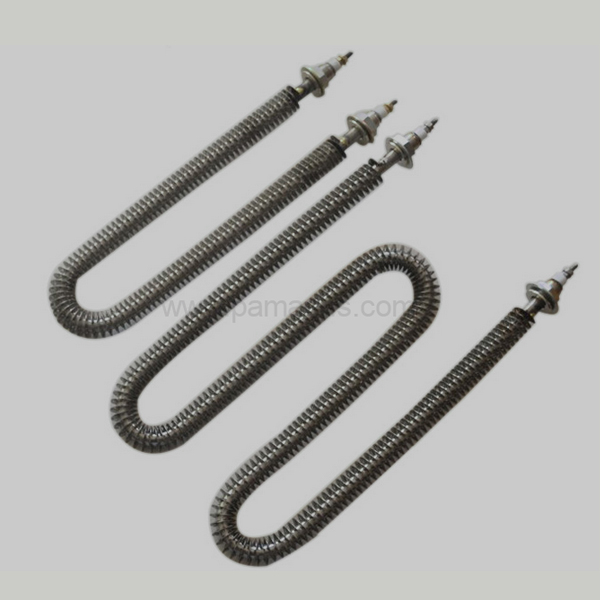
Related Product Guide:
Tank Water Heaters: An Introduction
How Do Tankless Coil and Indirect Water Heaters Work?
Online Exporter Flexibe Silicon Heater - Finned Tubular Heater – PAMAENS TECHNOLOGY, The product will supply to all over the world, such as: , , ,
-
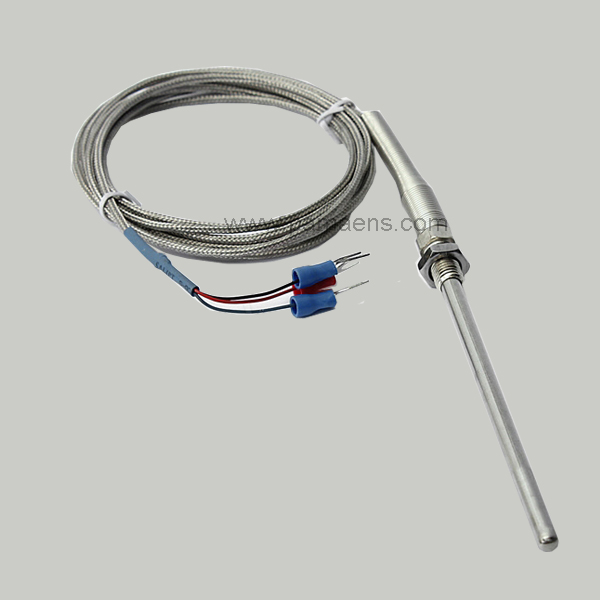
China Cheap price Cartridge Heater With Flange ...
-
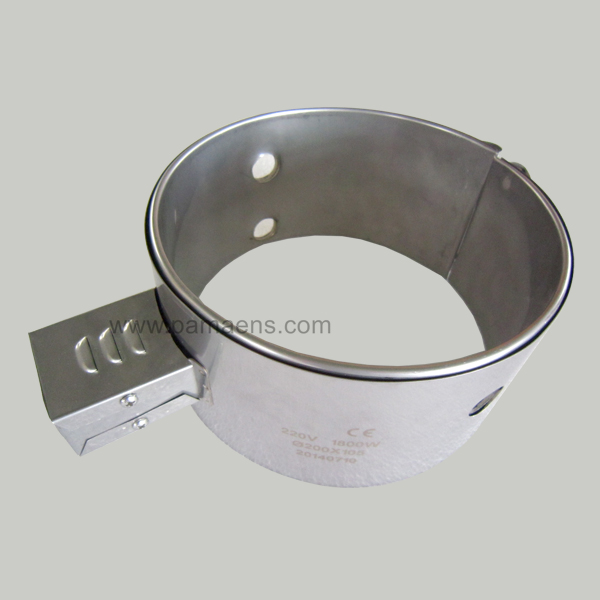
Supply OEM Tubular Heater For Air Heater - Mic...
-
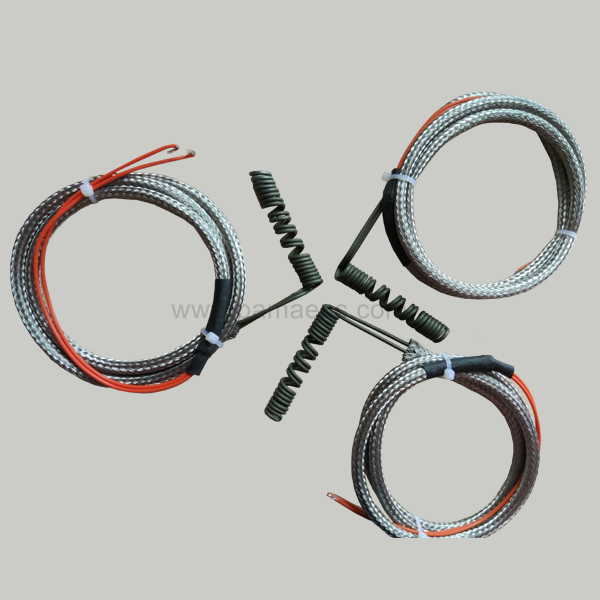
Newly Arrival Induction Heater For Plastic Mach...
-

8 Years Exporter Fan Heater - Mica Band Heater...
-
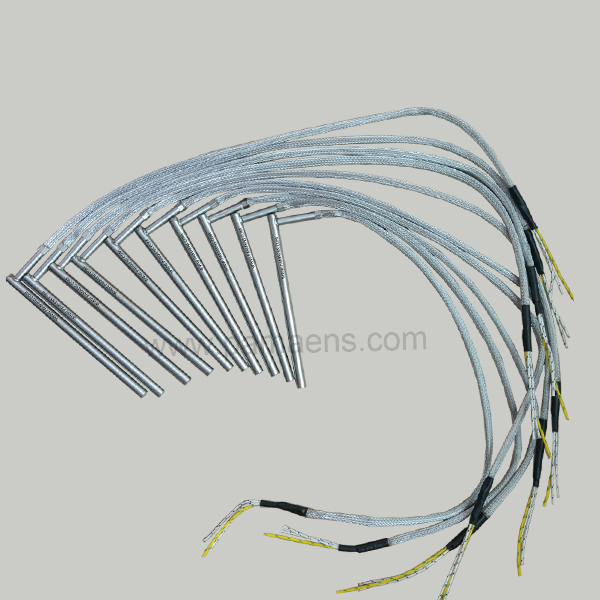
Factory Customized Sic Rod Heater - Cartridge ...
-
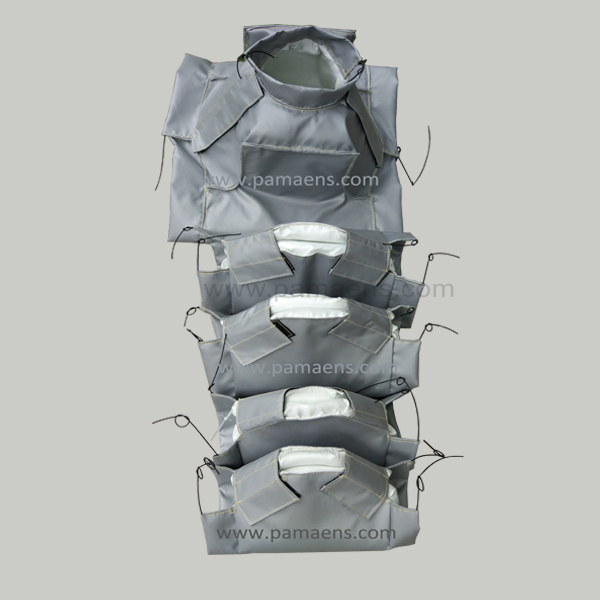
Bottom price Coil Heater Brass Band Heater - i...
